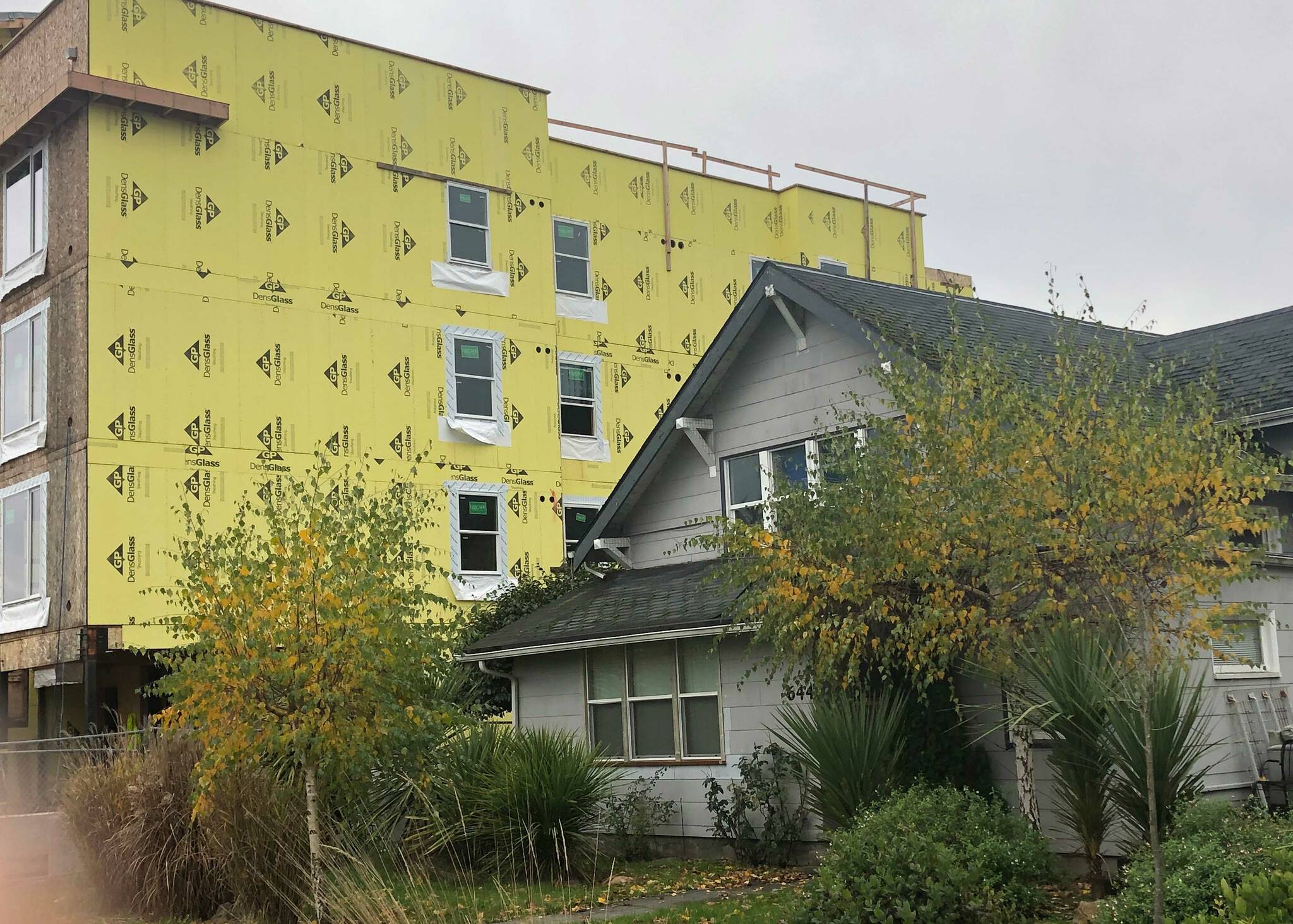By Morf Morford, Tacoma Daily Index
A record number of Baby Boomers downsizing, moving or passing away account for 4.4 million existing homes for sale annually.
I’m sure you’ve seen it in your neighborhood. Dramatic changes that have little, if anything, to do with the cost of building materials, fluctuations in interest rates or the cost of labor; the real bottom line is that a generation is moving on. In every sense of the word.
You may have noticed that newly constructed homes are projected to be in short supply for the foreseeable future thanks to COVID and the accumulating, if not escalating, effects of the pandemic, which led to a dramatic increase in the number of stalled construction projects in the past couple years.
Some of the key factors behind this clogging of building projects include the lack of construction workers and global supply chain issues.
Boomers to the rescue. Sort of…
For those who can afford it, and want a new home, the percentage of newly constructed homes coming onto the market continues to increase, despite supply chain issues and higher lumber costs, and now stands at more than 33% of total inventory for sale.
And new home construction is approaching a 50 year high.
But when it comes to existing homes, boomer-owned homes are hitting the market.
In a huge wave. A wave that is not going to stop, or even slow down, for a long time.
About 4 million boomer-owned homes across the USA will enter the market – each year – until 2032.
The question, as always it seems, is, will the market hold what buyers want?
In the historic areas of Tacoma, you can see how the passage of time has altered architecture, even entire neighborhoods.
Some of the massive single-family homes have been sub-divided into apartments.
And some of these have been restored to their single-family home status.
And some are gone forever.
The housing market is many things; but uniform ain’t one of them
All too many of Tacoma’s grandest and most historic homes have been turned into apartments.
Some are tasteful and blend into the historic neighborhoods.
Some not so much.
The North Slope area for example, with its areas of converted large homes split into multi-units and garage conversions reminds me of Seattle’s U-District a generation ago.
But ten or twenty years from now, does anyone want the neighborhood to look like the U-District of 2020?
Or even 2010?
Is it sprawl, or is it density?
Tacoma could be seen as a microcosm of our national real estate market.
Some observers have framed our housing choices as a spectrum between two not-entirely-desirable options; sprawl or density.
I must admit that I don’t like either of those choices.
In terms of infrastructure (that we all pay for), sprawl is absurdly expensive.
Sewer lines, utilities, highways and a thousand other costs and financial commitments per mile and household (for us and future generations) are staggering. And in far too many cases, continuing, if not escalating.
Fuel lines, electrical cables and sewer/plumbing systems, after all, do not last forever.
Urban density is cheaper – but far more complicated.
Think of residential planning as planning the menu for a gigantic feast – with a thousand moving parts from food sensitivities to preferences and prohibitions – and shifting prices and availability for essential items.
Spread this over a decade or so, with consumer tastes and pricing possibilities shifting by the day, and interest rates fluctuating like a flickering breeze, and you have a beginning sense of what contractors and builders are contending with.
Is the housing market promising? Yes.
Is the housing market erratic and frightening beyond description? Also yes.
Large real estate investment is not for the faint-hearted. Yes, fortunes can be made. Or lost at the whims of consumers, interest rates and industry convulsions.
And housing, that most basic and central of human necessities, floats and bobs on a surface of market forces, media hand-wringing and political posturing that have little, if anything, to do with basic shelter.






